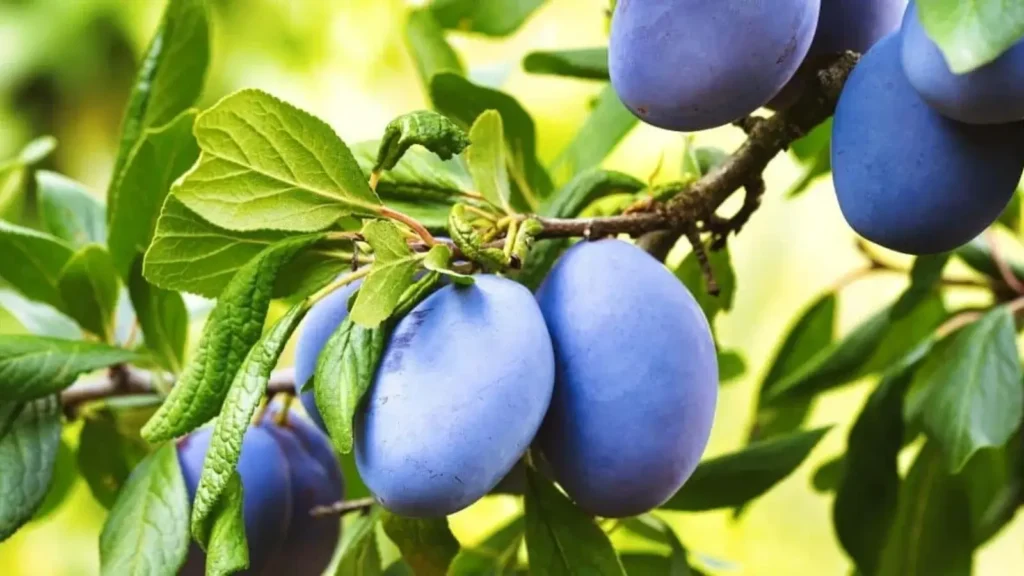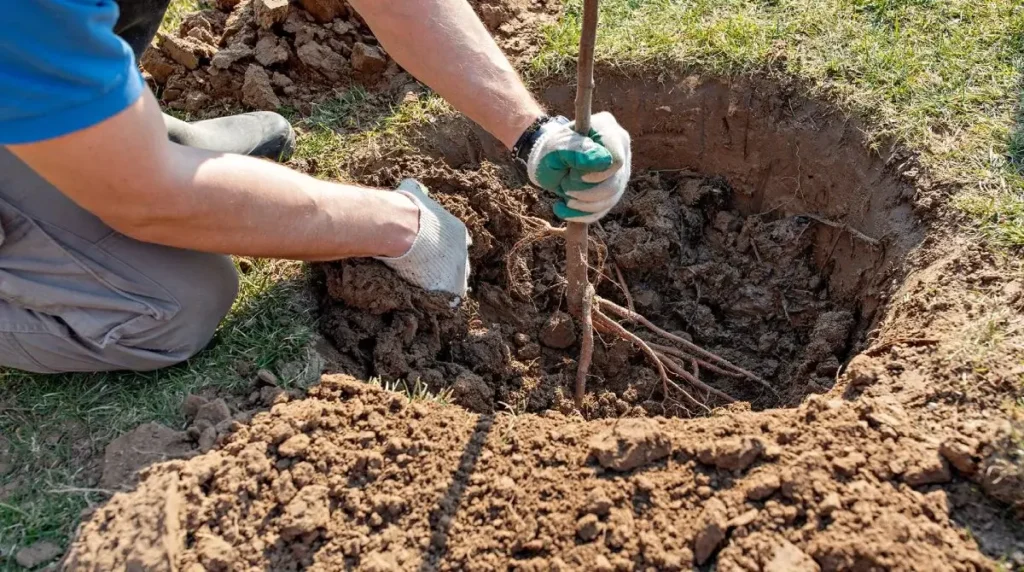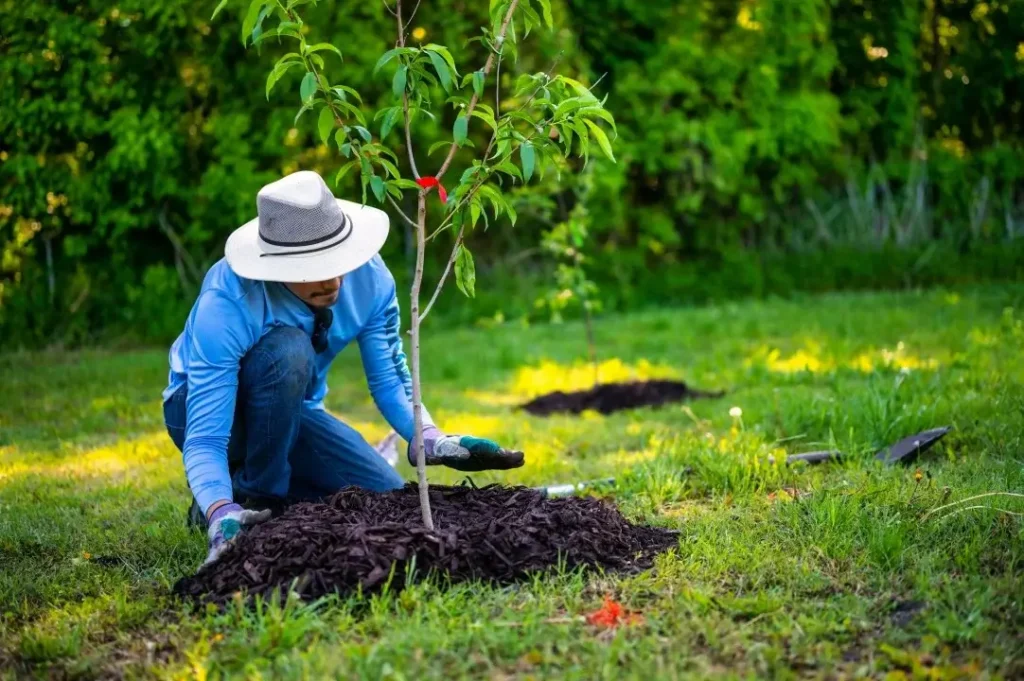Planting fruit trees is a rewarding activity that can yield delicious results for years. Whether you’re a novice gardener or an experienced green thumb, choosing the right planting method is essential for long-term success. In this article, we’ll explore the best methods of fruit planting, focusing on preparation, techniques, and aftercare. Whether you’re growing apples, peaches, or any other fruit, the right approach can make all the difference.
1. Understanding the Importance of Proper Fruit Planting
The foundation of any successful orchard or fruit tree garden starts with the planting method. Proper planting sets the tree up for healthy root development, which is critical for nutrient absorption, stability, and long-term fruit production. Skipping vital steps in the planting process can lead to stunted growth or premature failure of the tree.
2. Choosing the Right Type of Fruit for Your Climate
Before selecting a planting method, it’s essential to choose fruit trees suited to your climate.

2.1 Determining Your Hardiness Zone
Fruit trees thrive in specific climates. Researching your local hardiness zone helps identify the best fruit varieties to plant. For instance, apple trees are ideal for colder climates, while citrus thrives in warmer regions.
2.2 Selecting Fruit Varieties
Once you know your zone, select fruit varieties that grow well in your area. Local nurseries are excellent resources for finding climate-suitable trees.
3. Seed Planting vs. Grafting: Which Is Better?
Seed planting and grafting are two common methods for growing fruit trees.
- Seed Planting: Planting from seeds is straightforward but takes longer to bear fruit. Additionally, the fruit produced may not resemble the parent plant.
- Grafting: This method involves combining two plants to grow a tree with desired characteristics. Grafted trees typically bear fruit faster and maintain quality.
For consistent results, grafting is often the preferred method for fruit trees.
4. Preparing the Soil for Fruit Trees
Good soil preparation is critical for healthy fruit tree growth.

4.1 Testing Soil pH Levels
Fruit trees prefer soil with a pH between 6.0 and 7.0. Test your soil to ensure it falls within this range and amend it if necessary.
4.2 Enriching the Soil with Organic Matter
Mix in organic compost to improve soil structure, drainage, and fertility. Fruit trees need nutrient-rich soil to support growth and fruit production.
5. How to Choose the Best Location for Your Fruit Trees
Location is key for fruit tree success. Select a sunny area that receives at least six hours of direct sunlight daily. Avoid low-lying areas prone to frost, as this can damage young trees.
6. Planting Bare-Root Fruit Trees: A Step-by-Step Guide
Bare-root trees are shipped without soil around their roots, making them easier to transport and plant. Here’s how to plant them:

- Soak the Roots: Before planting, soak the roots in water for 12 to 24 hours.
- Dig a Hole: The hole should be wide enough to accommodate the roots without crowding them.
- Place the Tree: Ensure the graft union (where the rootstock meets the scion) is above the soil line.
- Backfill the Soil: Gently backfill the hole, ensuring no air pockets are left around the roots.
- Water Well: Water the tree thoroughly after planting.
7. Container Planting for Fruit Trees: When Space Is Limited
For those with limited space, container planting is a great alternative. Use a large pot (at least 15 gallons) and fill it with well-draining potting soil. Container fruit trees require regular watering and pruning to thrive.
8. The Benefits of Raised Bed Planting for Fruit Trees
Raised beds provide excellent drainage and soil control, making them ideal for fruit trees, especially in areas with poor soil. Raised beds also reduce the risk of root rot and make tree care more accessible.
9. Planting Time: When Is the Best Time to Plant Fruit Trees?
Timing is everything when planting fruit trees.

9.1 Planting in Spring vs. Fall
- Spring: Ideal for areas with harsh winters, as the trees have time to establish roots before winter.
- Fall: Fall planting works well in warmer climates, giving trees a head start on root development before summer heat arrives.
10. Watering Your Newly Planted Fruit Trees
Proper watering is essential in the early stages of growth.
10.1 How Much Water Does a Fruit Tree Need?
Water newly planted trees deeply and regularly—at least once a week. Keep the soil moist but not waterlogged to prevent root rot.
11. Pruning Techniques for Optimal Growth
Pruning encourages proper tree shape and stimulates fruit production. Remove dead or diseased branches, and thin out crowded areas to allow sunlight to penetrate the tree canopy.
12. Companion Planting with Fruit Trees
Companion planting can enhance the growth and health of your fruit trees. Herbs like chives and basil can repel pests, while flowers like marigolds attract beneficial insects.
13. Fertilizing Your Fruit Trees: Best Practices
Apply a balanced fertilizer in the early spring to promote healthy growth. Follow up with a second application after the first fruit set. Be cautious not to over-fertilize, as this can lead to excessive foliage growth and reduced fruit yield.
14. Dealing with Common Pests and Diseases
Fruit trees are prone to pests like aphids and diseases like powdery mildew. Use organic insecticides and fungicides or introduce beneficial insects like ladybugs to keep these problems at bay.
15. Harvesting and Long-Term Care for Fruit Trees
Once your tree starts bearing fruit, it’s important to harvest at the right time. Most fruits are ready when they easily detach from the branch. Continue pruning, fertilizing, and watering your tree regularly to ensure long-term productivity.
Conclusion
Planting fruit trees is a fulfilling endeavor that rewards patience and care. By choosing the right planting method and following best practices, you can enjoy healthy, fruitful trees for years to come. Whether you’re a hobbyist or aiming to grow an orchard, the steps outlined in this guide will help you succeed. If you have any questions or want to share your experience, feel free to comment below or explore related articles on fruit gardening.
